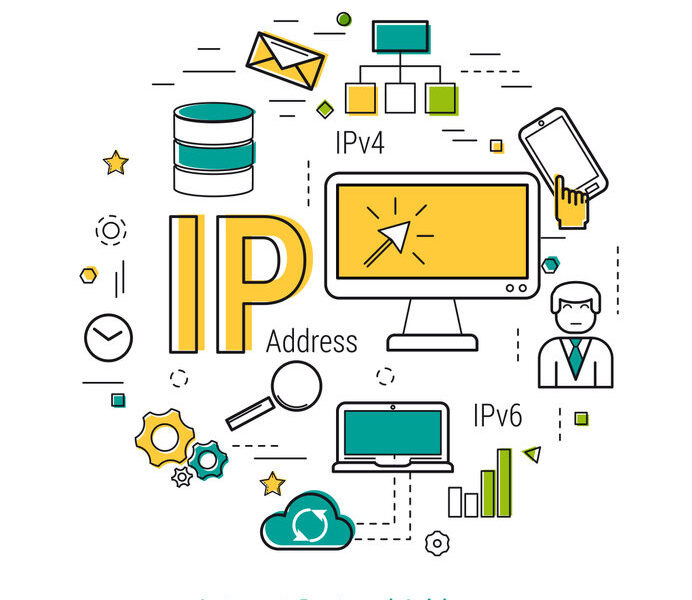TCP/IP means Transmission Control Protocol/Internet Protocol. Originally, the two protocols with their set of rules got merged and used for machines to communicate on networks, including the Internet.
What is TCP/IP used for?
TCP/IP defines the way data is communicated on the Internet through end-to-end communications for deciding how such data must be divided into packets, addressed, routed, transferred, and received.
The two protocols complement each other’s functions. Currently, they are considered as unity. But the TCP and the IP are in charge of different functions.
The Internet protocol (IP) determines the formats and rules for devices and applications to communicate and to exchange data packets inside a network or even across networks. IP is responsible for addressing and routing data packets sent by a source for delivering them to a specific destination.
The transmission control protocol (TCP) arranges data in a way to be protected during the communication between a client and a server. TCP is responsible for protecting the integrity of the data from the moment they are sent and until they are delivered at their final destination.
How does TCP/IP work?
TCP/IP is a stateless suite, meaning that every client’s request is taken as new because it’s not related to former requests. Due to this, the network’s paths can be free for constant use.
Devices and domains require a unique IP address for being identified, for connecting to the network (Internet), and for exchanging data with different devices also connected.
The exchange of data doesn’t begin immediately. A connection between source and destination is necessary in advance. The reason is TCP requires an active connection for accurately work, and complete the process of sending and delivering the data. That’s why it is described as a connection-oriented protocol. Then TCP divides the source’s message into different packets. In order to protect its integrity, TCP assigns numbers to each packet.
Now those packets can be transferred to the network layer (IP layer) to be transported. Packets will pass through gateways, routers… for arriving at their destination. The different packets belonging to the same message can take different routes to reach the same point. When they finally arrive, TCP reassembles all the pieces for the message to be complete and delivered.
The transporting can be “bumpy,” causing disordered, duplicated, or lost data packets. In such cases, TCP will help. The protocol can both identify and fix these common problems. What it immediately does is to request the re-sending of the missing packets. Then they can be reassembled correctly.
TCP/IP pros
- Through TCP/IP, connecting different types of devices is absolutely possible.
- IP addresses (IPv4 and IPv6) to identify devices are provided by this protocol.
- It works independently from the operating system (OS).
- It’s light. It won’t add heavyweight or strain to your hardware or network.
- It allows cross-platform communications between different networks.
- Different routing protocols are supported by TCP/IP.
- Scalability is viable. More networks can be added without having problems.
- It’s an open protocol. It’s available for everybody.
TCP/IP cons
- If you think about a small network like LAN or PAN, TCP/IP is not the choice. It’s a solution for large networks.
- It is not clear determining protocols, interfaces, and services concepts. This doesn’t make it easy to categorize modern technologies that current networks incorporate.
- If you want to use a different protocol from the ones included in the TCP/IP suite, to replace it’s difficult most of the time.
- It’s vulnerable to cyberattacks.
Conclusion
The combo TCP/IP has been around since the early 1980s. Its capabilities have kept it as a key technology for managing networks as big and complex as the Internet.

